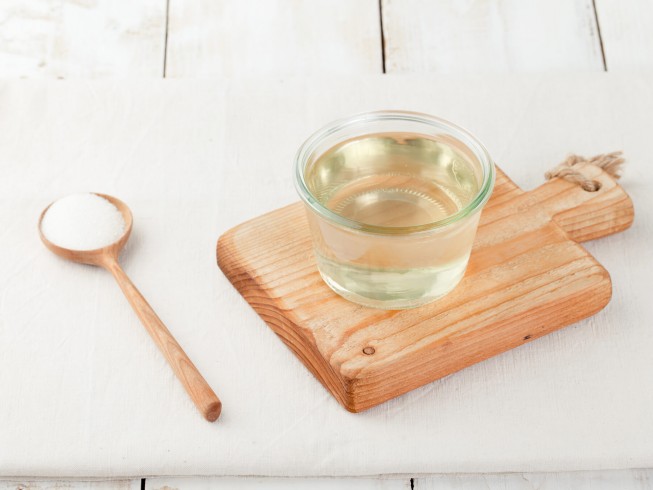The Ultimate Guide To Sugar (and what to substitute when you're out of it!)

When looking at recipes you'll see many different kinds of sugar listed. White, brown, powdered, superfine... and those are just the common ones! So what do you do when you don't have the kind called for in the recipe? Keep reading to find out what to substitute when you're out and some more handy tips on using this sweet ingredient.
Sugar Substitutes

White (Granulated) Sugar: Any of the following may be substituted for 1 cup of sugar:
1/2 cup firmly packed brown sugar
1 1/2 cups molasses
2 cups corn syrup
3/4 cups honey
1 1/2 cups maple syrup
3/4 cup confectioners' sugar
Note: You will need to reduce the liquid in the recipe to compensate for the liquid in the molasses, corn syrup, honey and maple syrup.
Brown Sugar:
For each 1 cup firmly packed light brown sugar called for in a recipe, use 1 1/2 tablespoons molasses + 1 cup granulated sugar
To make light brown sugar from dark brown sugar, use 1/2 cup firmly packed dark brown sugar + 1/2 cup granulated sugar
For dark brown sugar, use 1 cup firmly packed light brown sugar + 1 tablespoon molasses
OR
1 cup granulated sugar + 1/4 cup molasses.
Superfine: Make your own superfine sugar by processing regular sugar in a food processor or blender.
Confectioners' (Powdered) Sugar: For every 1 cup confectioners' sugar, use:
7/8 cup granulated sugar + 1 tablespoon cornstarch and whirl in blender for a few seconds.
OR
1 cup brown sugar, firmly packed
OR
3/4 cup honey (then decrease liquid called for in recipe by 1/4 cup and for each cup of honey in baked goods, add 1/2 teaspoon baking soda.)
Brown Sugar Too Hard?

A slice of soft bread placed in the package of hardened brown sugar will soften it again in a couple of hours.
Can't wait? To soften brown sugar that has become hard, place it in a bowl along with a slice of apple. Cover with plastic wrap. Microwave at high about 30-45 seconds (depending on how powerful your microwave is).
Most Common Types Of Sugar

Granulated: White sugar. The most commonly used sugar in the US. If a recipe calls for simply "sugar", this is the type you would use.

Superfine: A finer grind of granulated sugar. Dissolves quickly.

Brown sugar: comes in light or dark and has a higher moisture content than regular sugar. Contains varying amounts of molasses (based on the darkness of the sugar). Light and brown can be used interchangeably in recipes.

Confectioners' sugar: Also called powdered sugar, icing sugar, or 10x sugar (because it's 10 times finer than regular sugar). A very powdery sugar that contains cornstarch used commonly in frosting.
How To Measure

Granulated or powdered sugar: Simply spoon the sugar into a dry measuring cup and level off to measure. Some baking recipes will call for sugar by weight, in that case weigh the sugar on a scale in the measuring cup and then deduct for the weight of the cup.
Brown sugar: Most commonly you'll see it being measured as "packed" (example: 1/4 cup brown sugar, packed). This means to firmly press the sugar into the measuring cup when measuring.
Always be sure to follow the cooking directions for measuring brown sugar. 1 cup packed brown sugar contains 2 ounces MORE than 1 cup brown sugar that isn't packed.
One pound brown sugar = 3 cups loose, 1 cup = 5 1/4 ounces
One pound brown sugar = 2 cups packed, 1 cup = 8 ounces
One pound granulated sugar = 2 1/8 cups, 1 cup = 7 1/2 ounces
One pound powdered sugar = 3 1/2 cups, 1 cup = 7 ounces
Now, for the recipes!


This colored sugar is so easy to make, and has so much potential for amazing desserts. Just a few drops of food coloring and you can beautifully decorate cakes, cookies and other innovative creations.


Simple syrup is... simple. It's simply made with sugar and water and is used to sweeten cold drinks or cocktails where sugar won't easily dissolve.


Need powdered sugar but don't have any? Make your own with just two ingredients.


Use this citrus infused sugar in baked goods, to flavor beverages, or whenever you want a little extra special sweetness.




